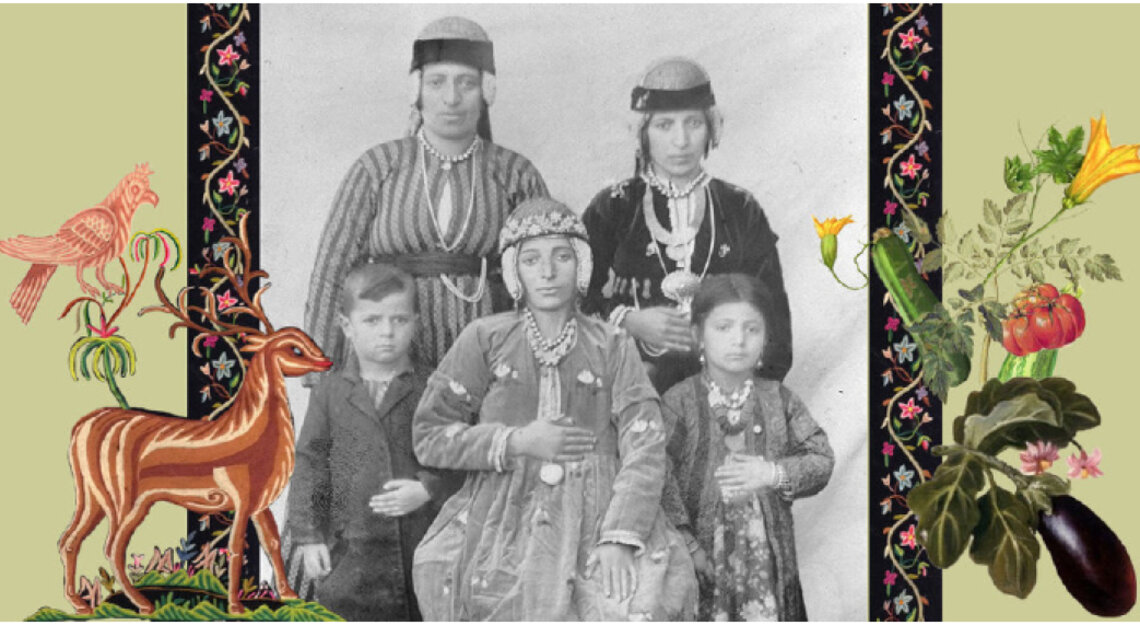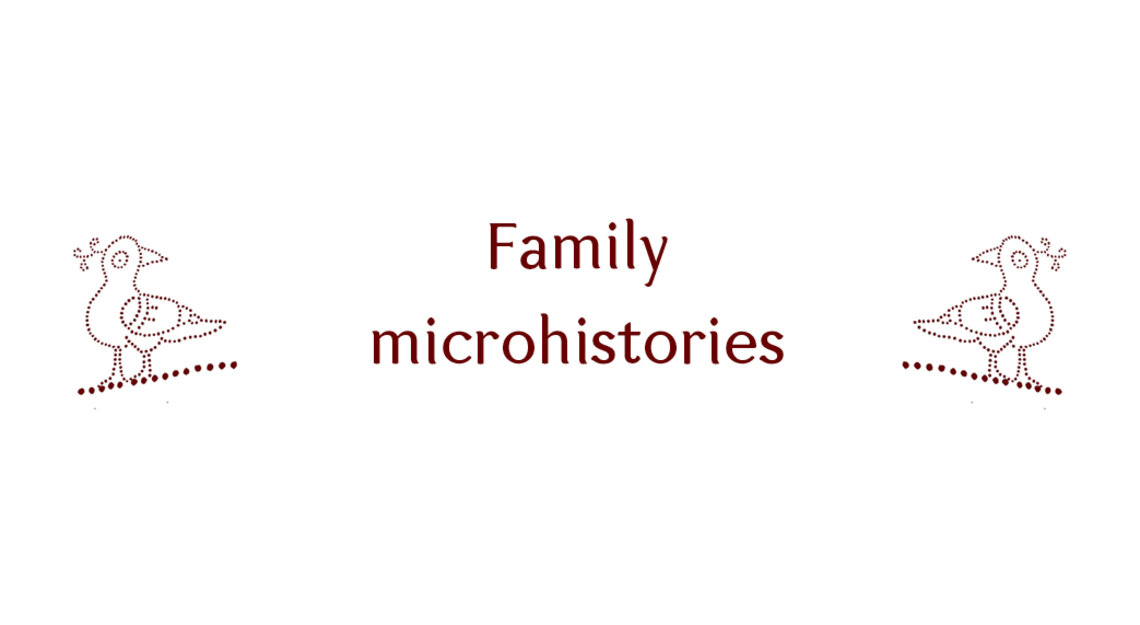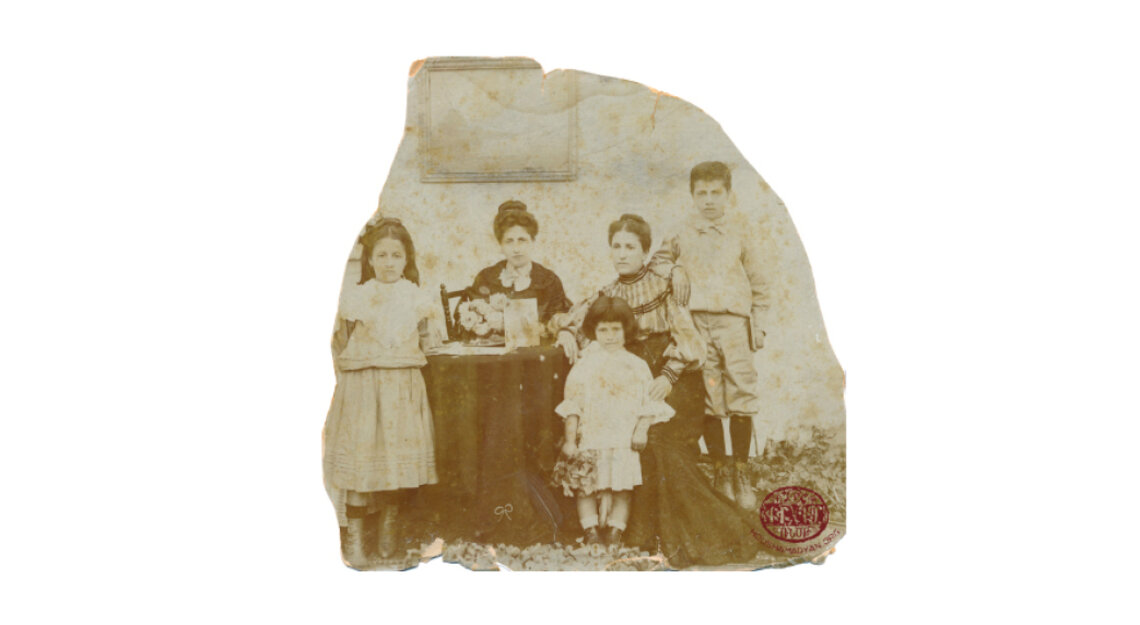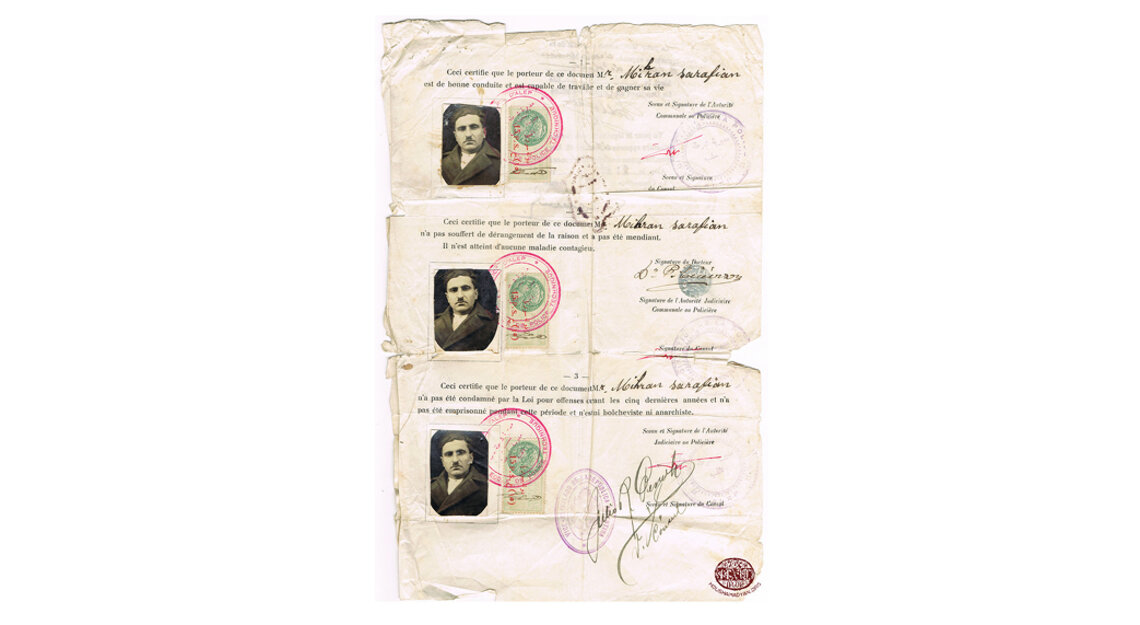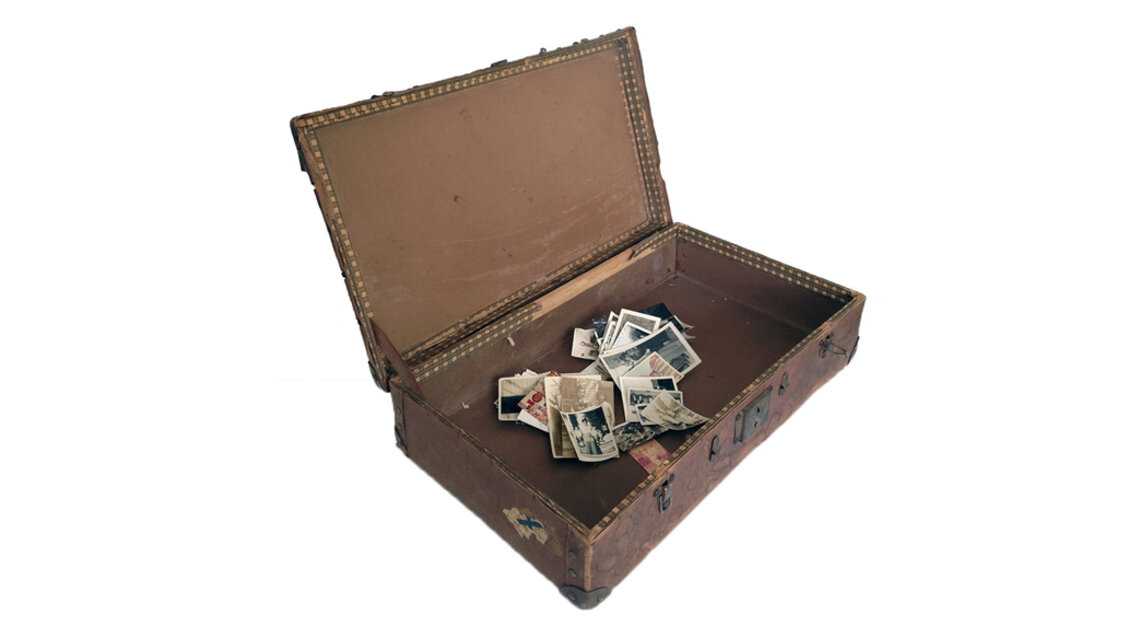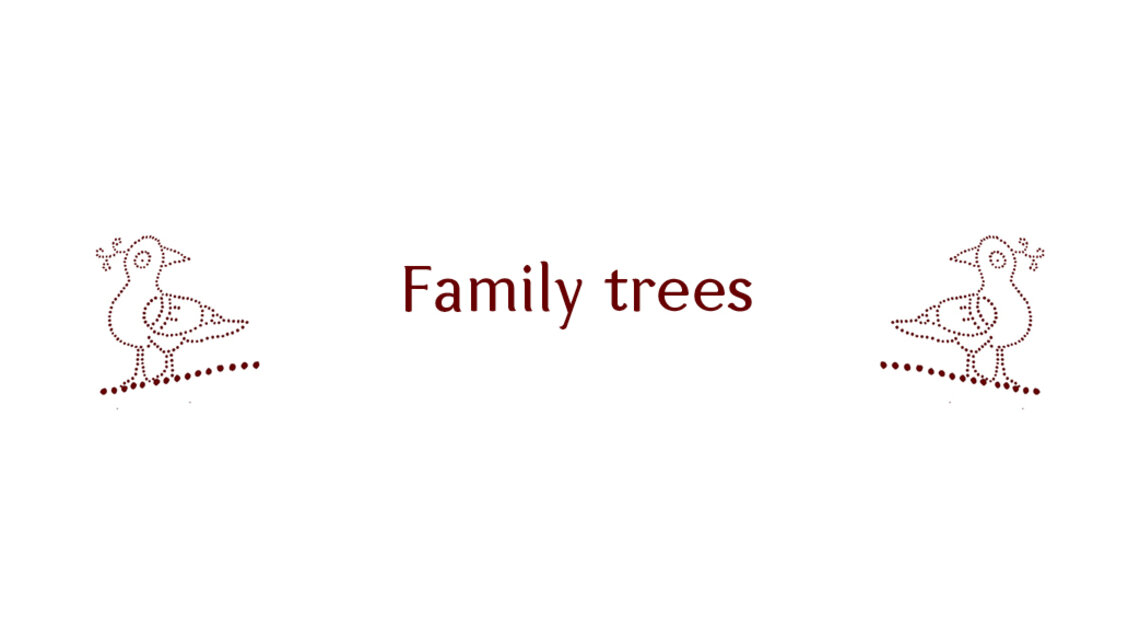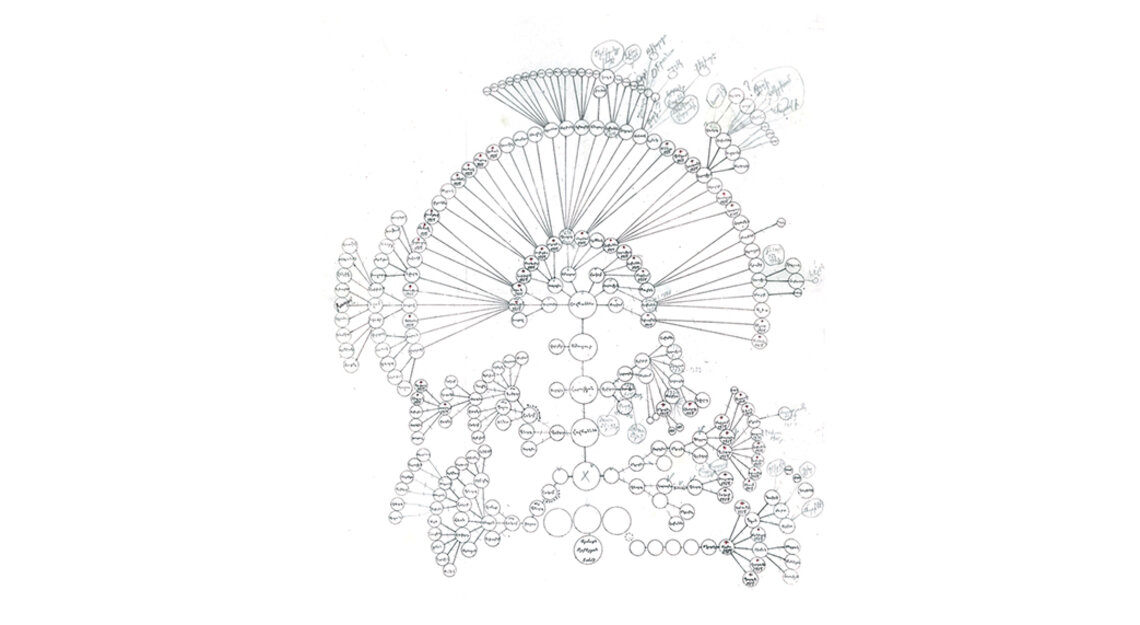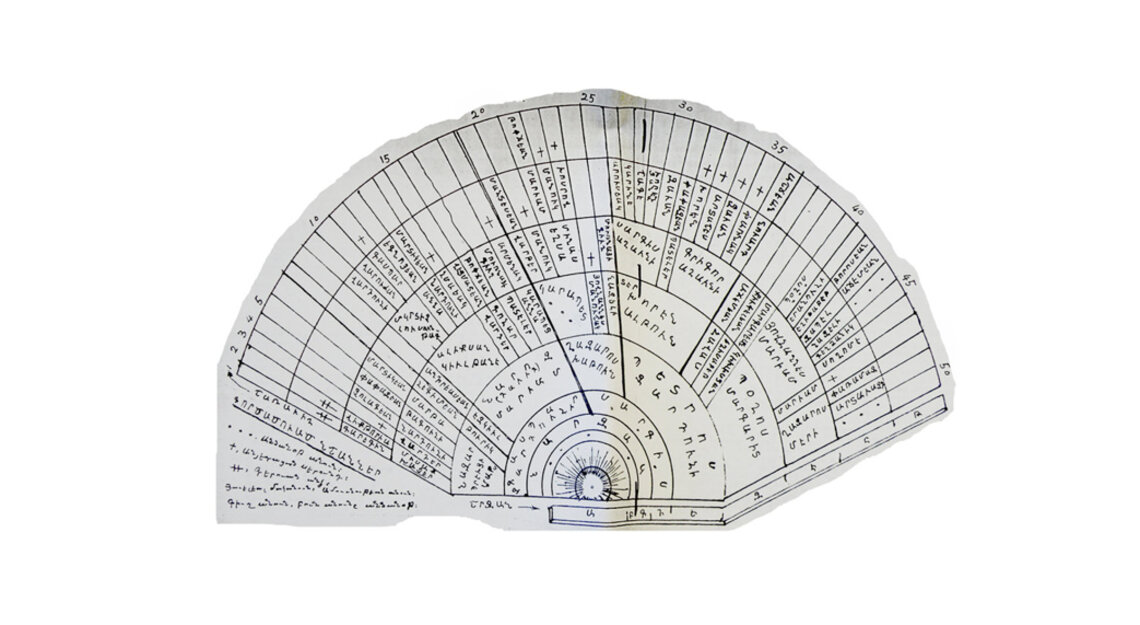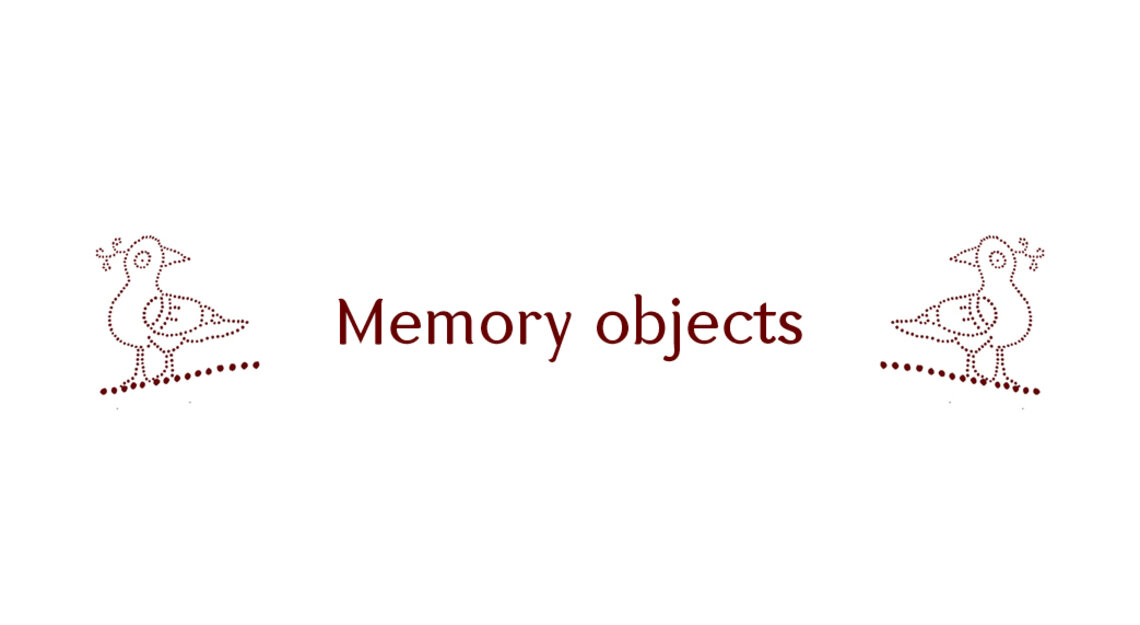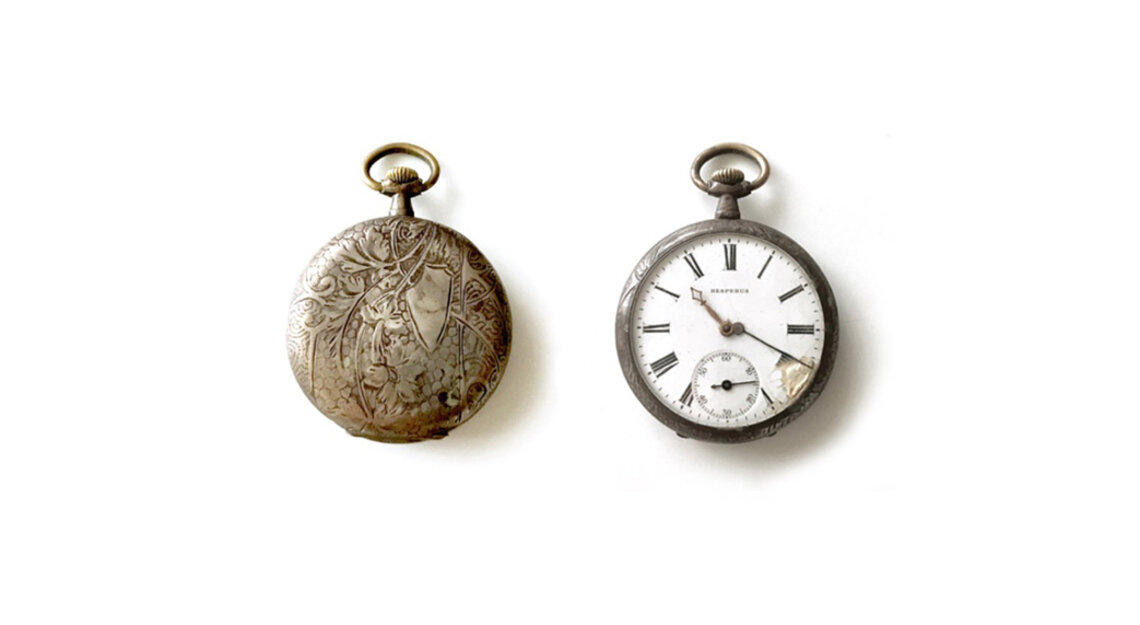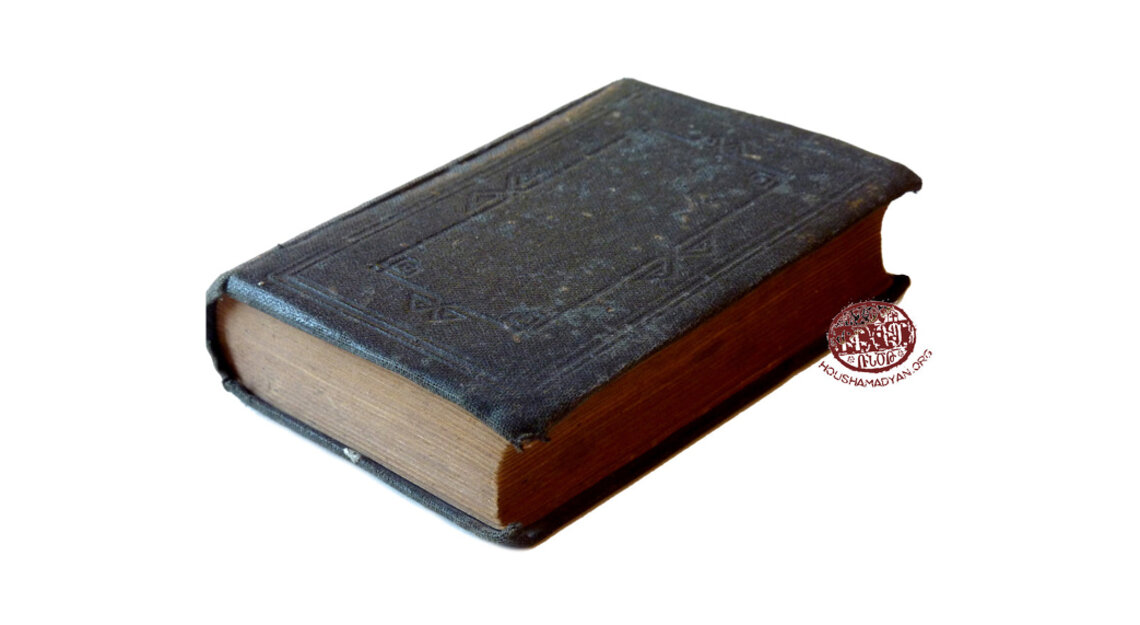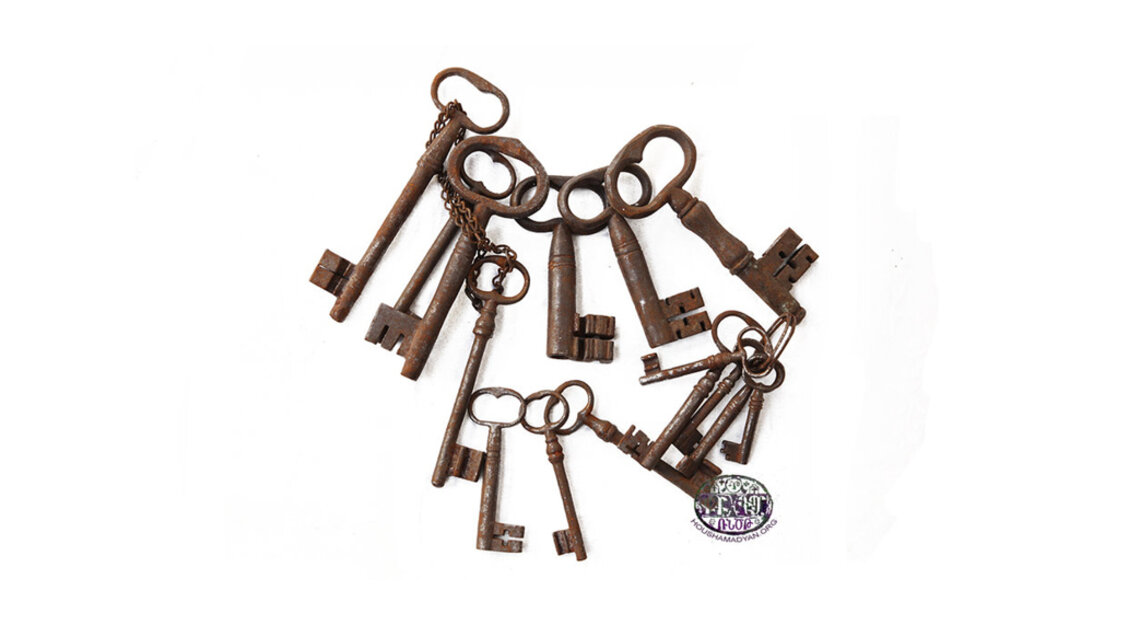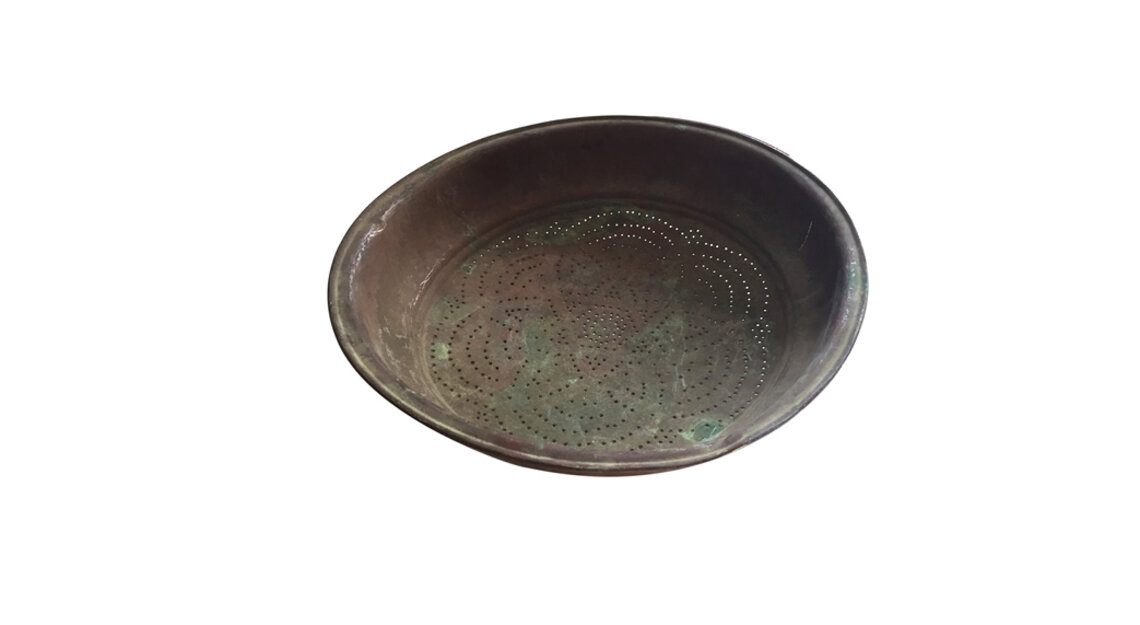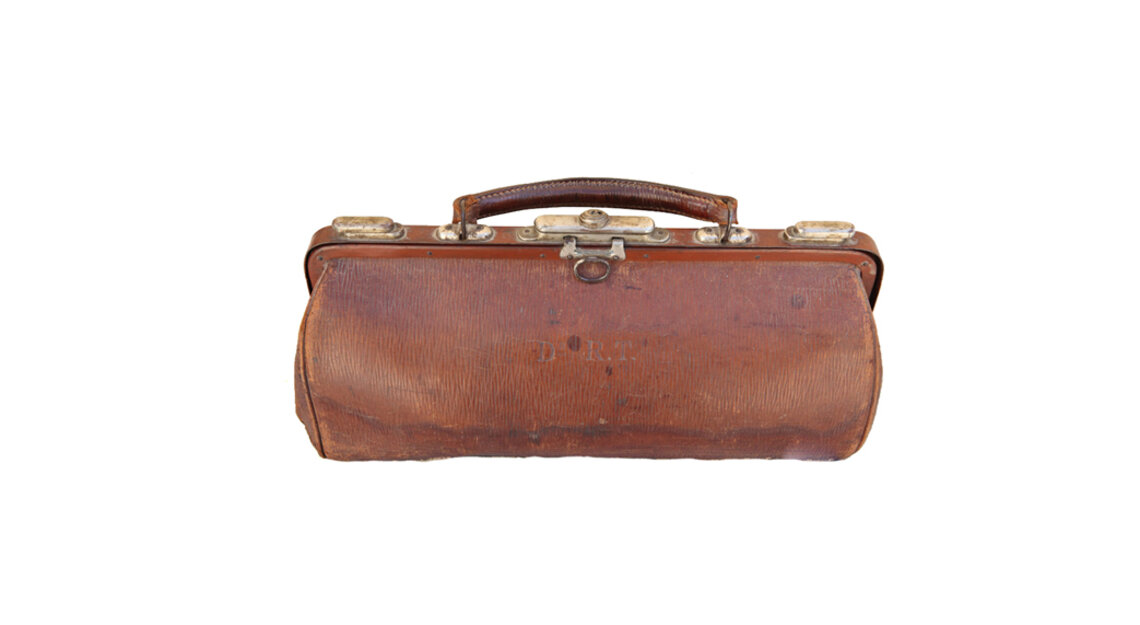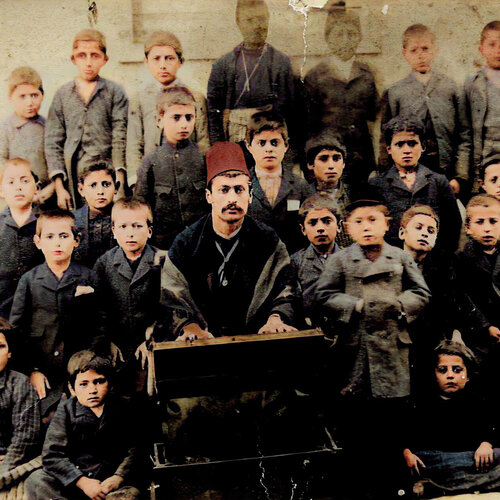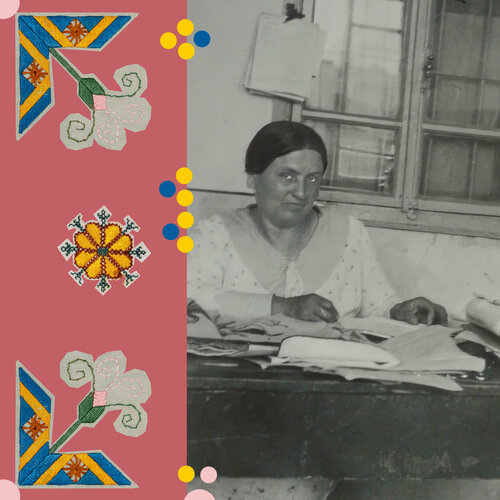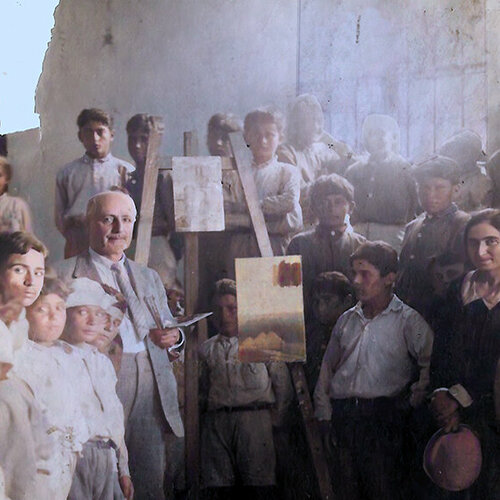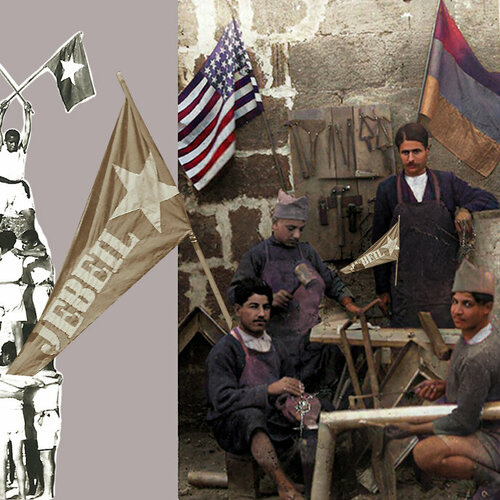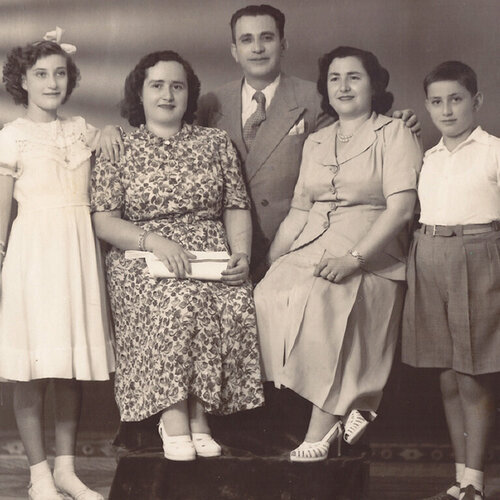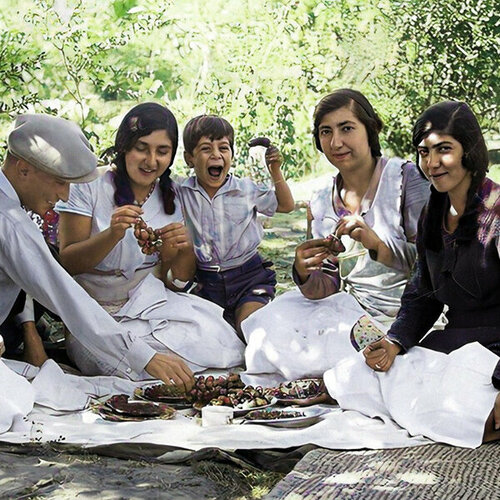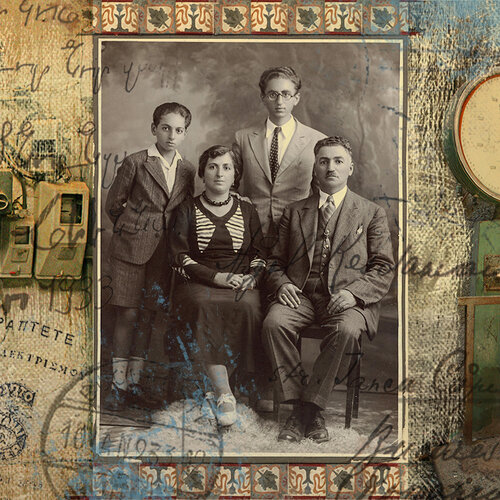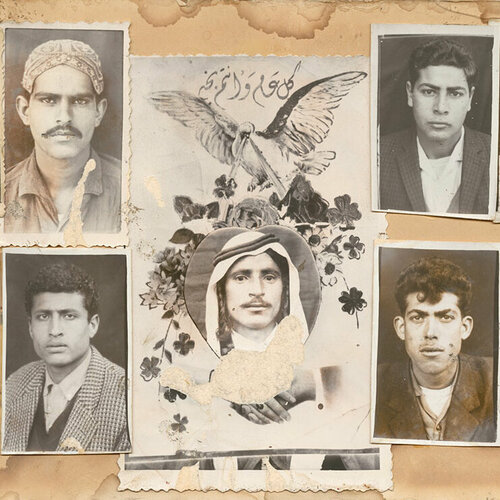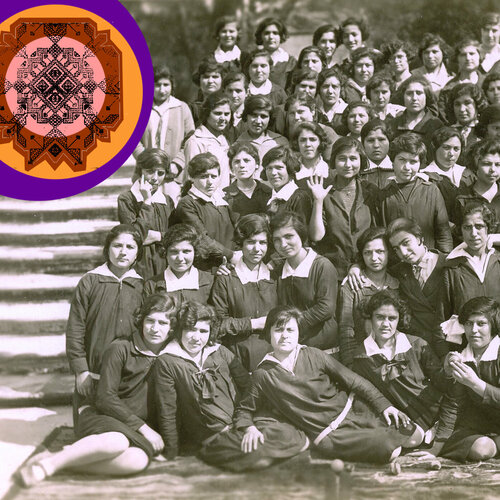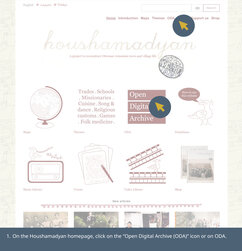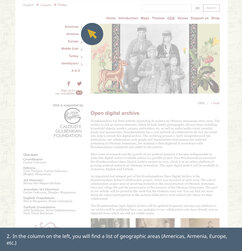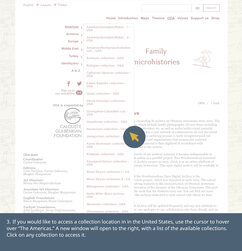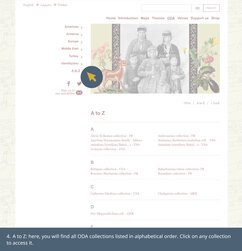Open Digital Archive
In this section, we present collections of memory items preserved by Armenian families all around the world, as well as concise microhistories of these families.
Our aim is to give the public access to historical treasures that have previously been accessible only to the families that preserved them. These include historical photographs, tangible objects (clothing, metalwork, embroidery, etc.), letters, and documents. They belonged to, or were owned by, Armenian families while they lived in their native cities or villages across the Ottoman Empire. In many cases, the original owners of these relics have long been deceased, but these tangible legacies they left behind are witnesses of their lives. These collections are accompanied by short histories of the families that they pertain to.
The Open Digital Archive also aims to collect in one place and present to the public the non-tangible historical legacy of Armenian families, especially as it relates to the daily life that Armenians led across the Ottoman Empire. Among these items are historical songs, lullabies, children’s or youth’s games, stories, legends and beliefs, adages, recipes, etc.
In addition to family archives, the Open Digital Archive also includes collections of photographs that are housed in various libraries and institutions around the world, and which directly or indirectly relate to the lives of Armenians in the Ottoman Empire.
Guidelines
Use Houshamadyan’s “Open Digital Archive (ODA)” section to access chronicles and microhistories, including family chronicles and collections.
How to navigate the ODA:
- On the Houshamadyan homepage, click on the “Open Digital Archive (ODA)” icon or on ODA.
- In the column on the left, you will find a list of geographic areas (Americas, Armenia, Europe, etc.)
- If you would like to access a collection location in in the United States, use the cursor to hover over “The Americas.” A new window will open to the right, with a list of the available collections. Click on any collection to access it.
- A to Z: here, you will find all ODA collections listed in alphabetical order. Click on any collection to access i
